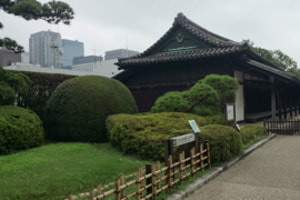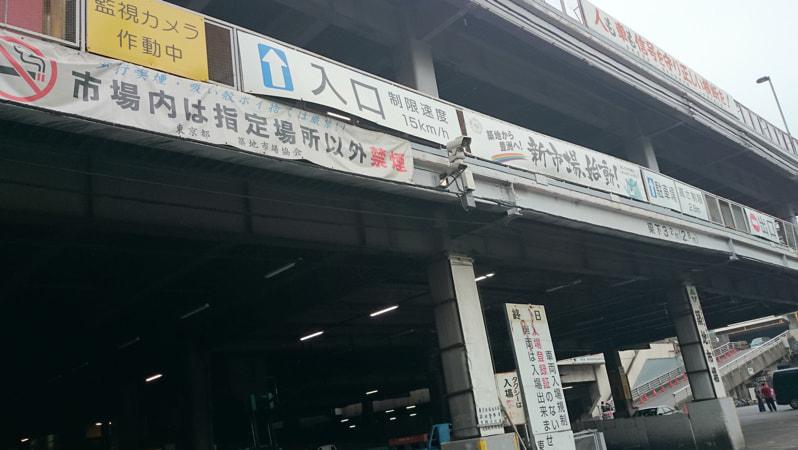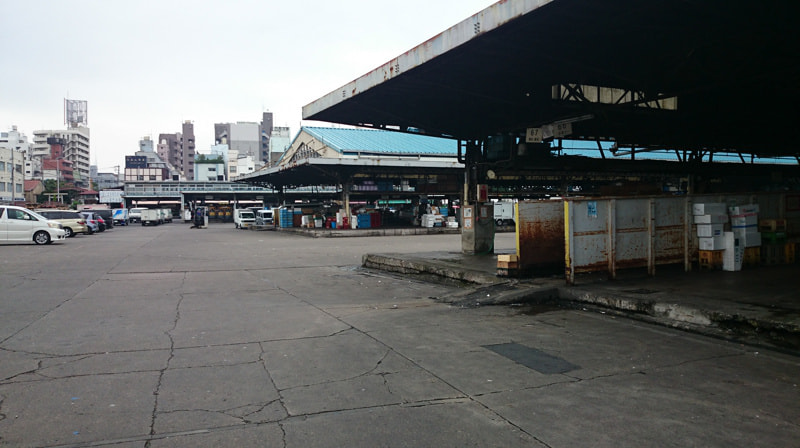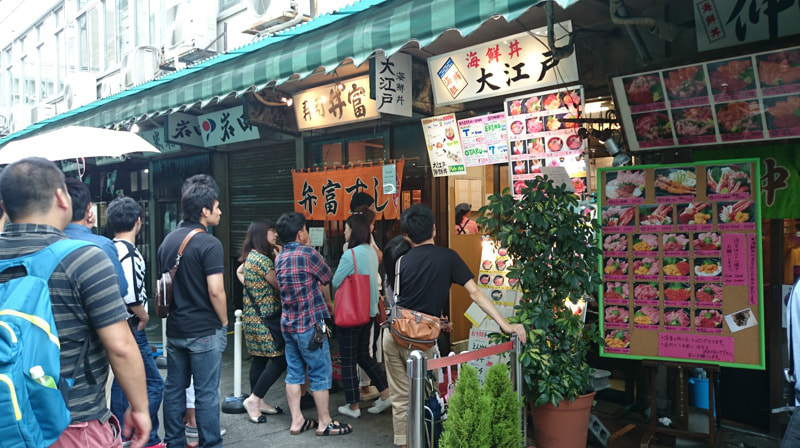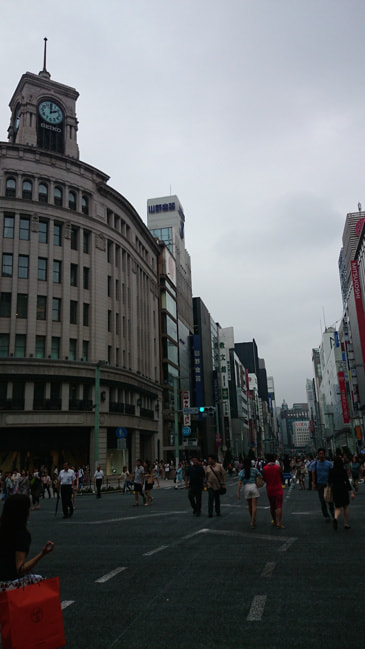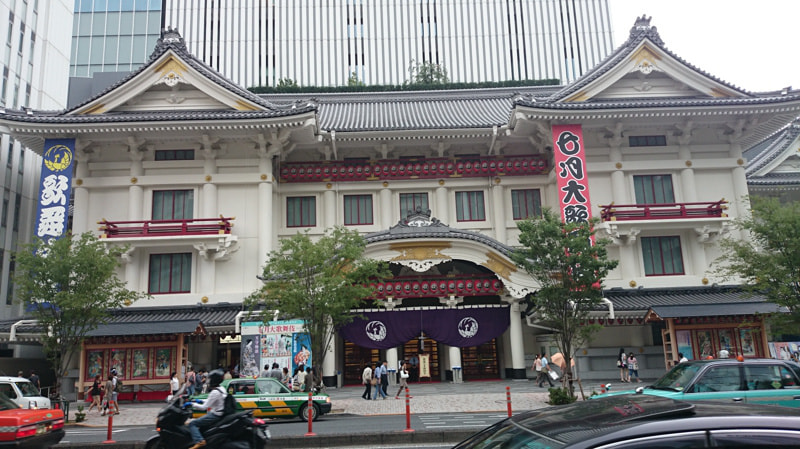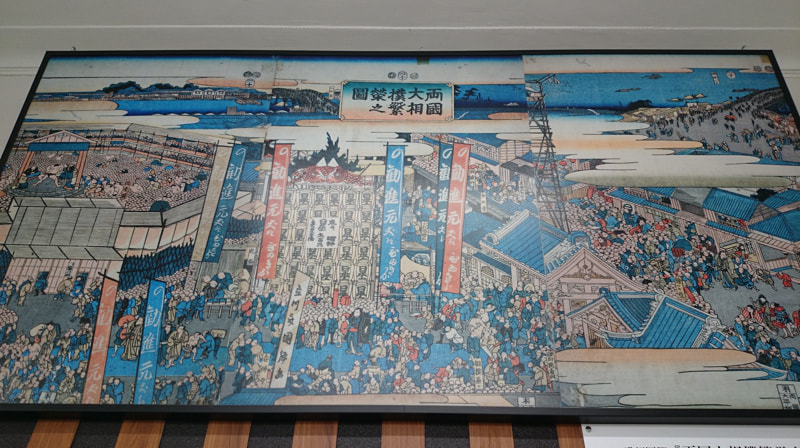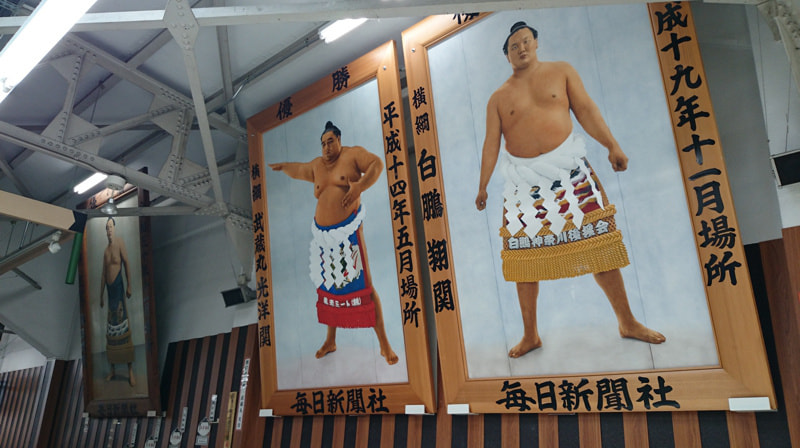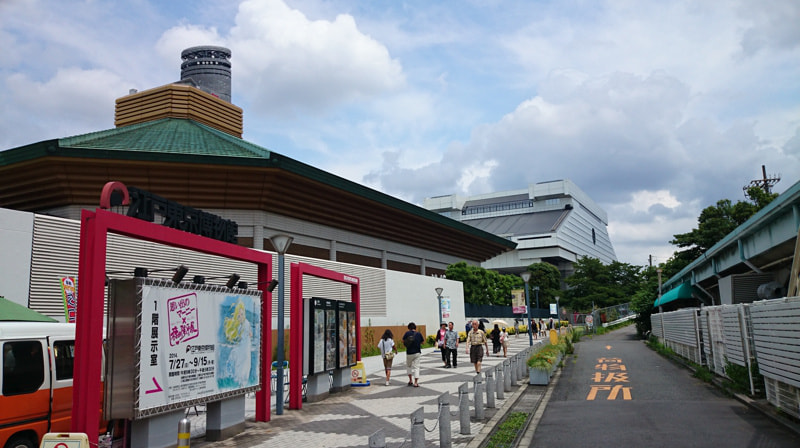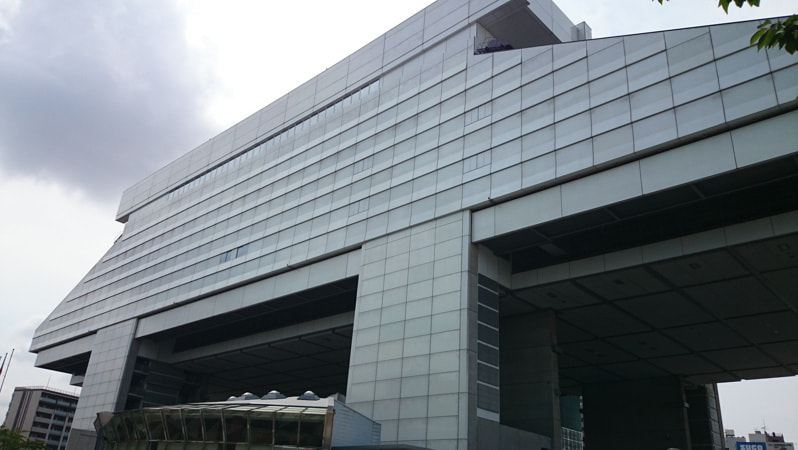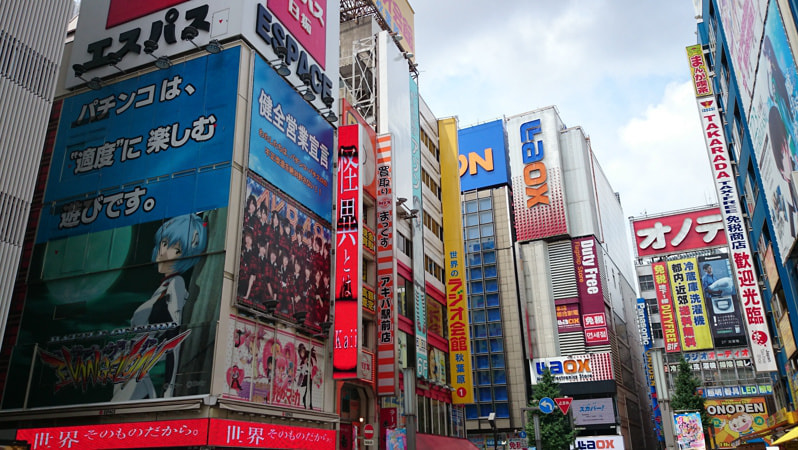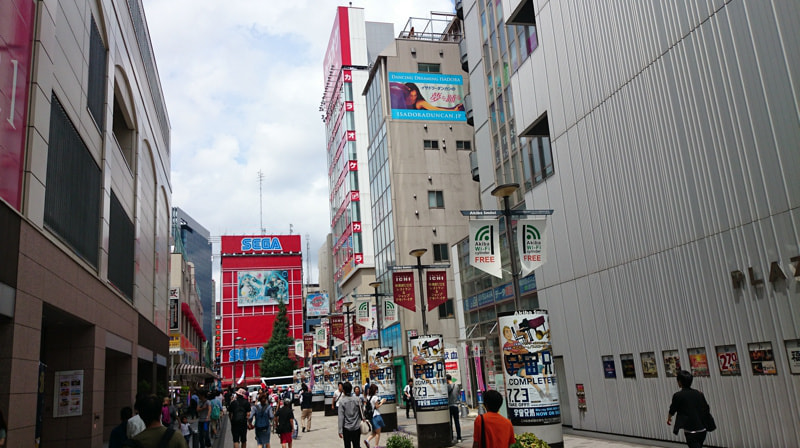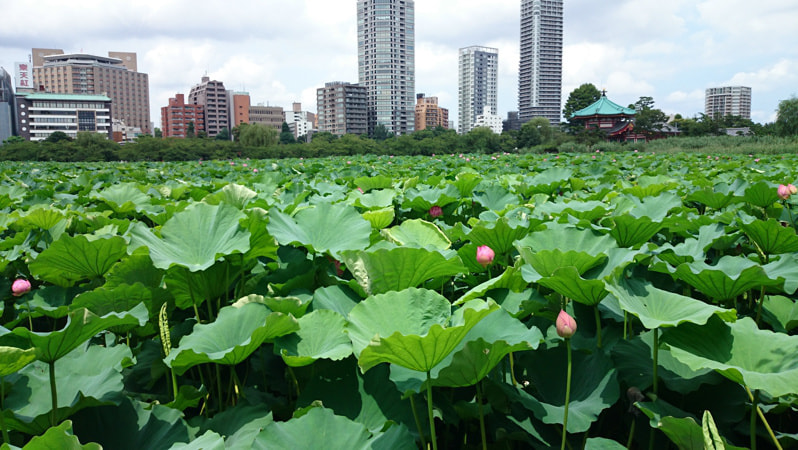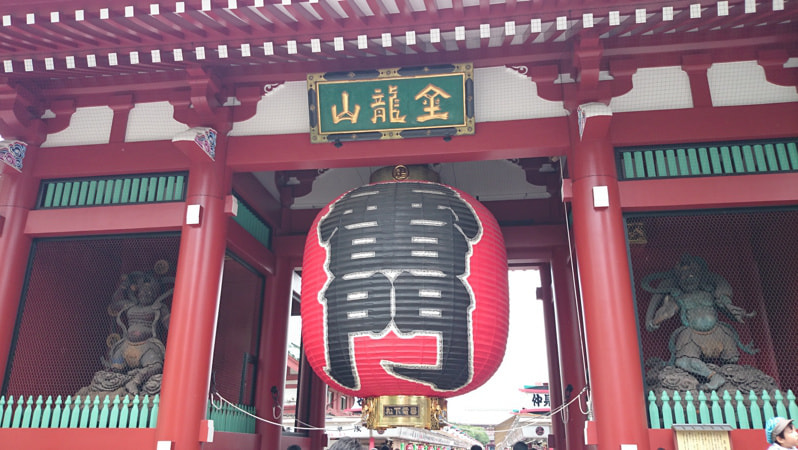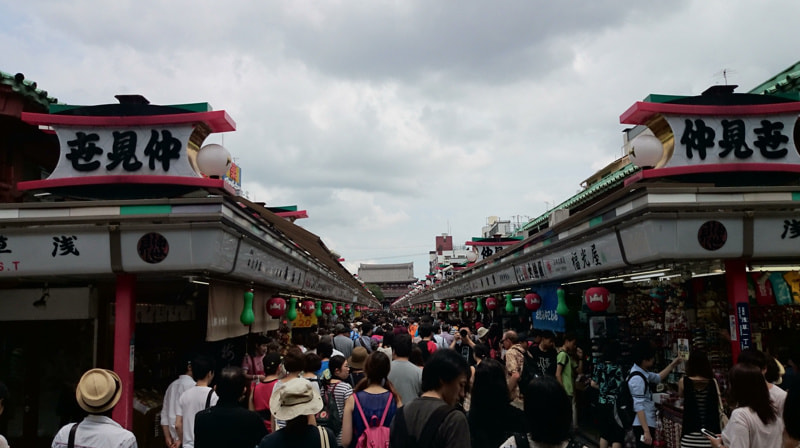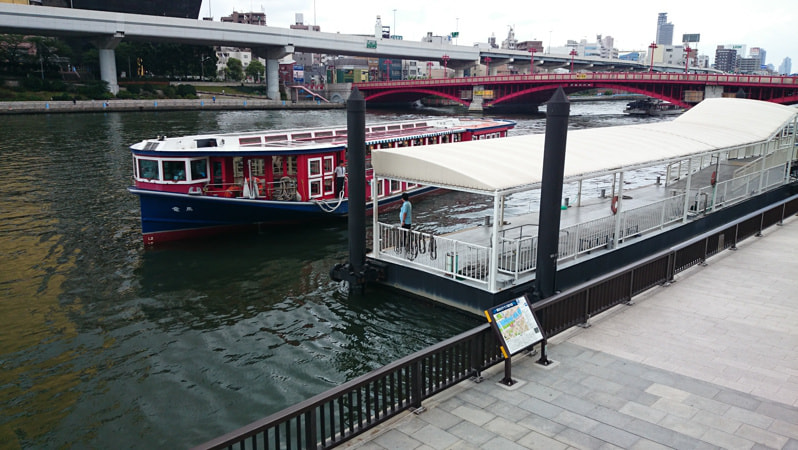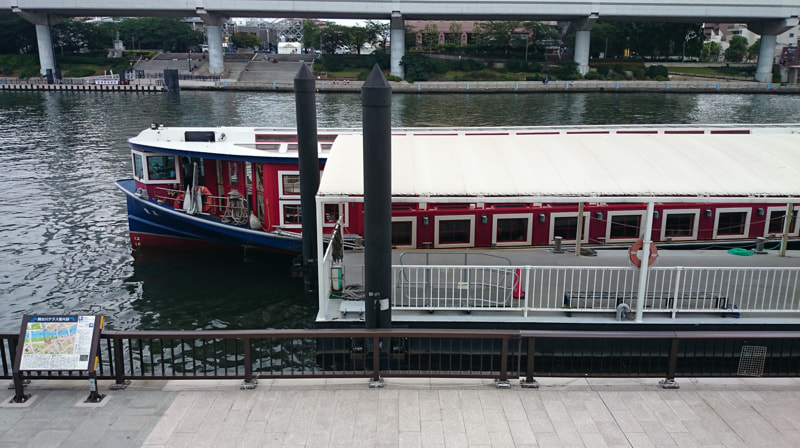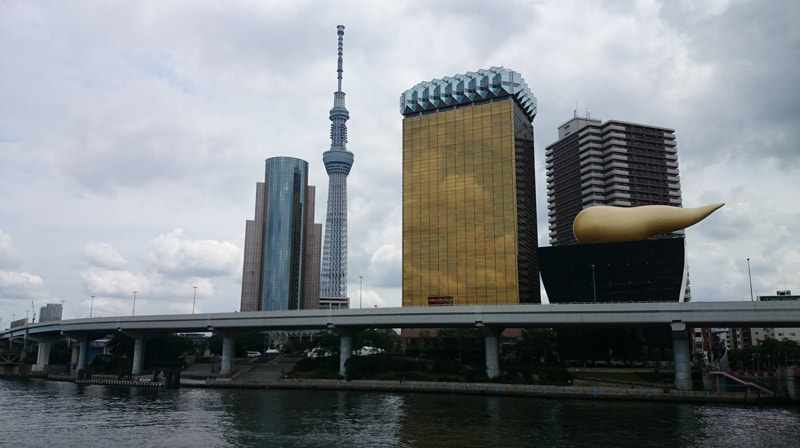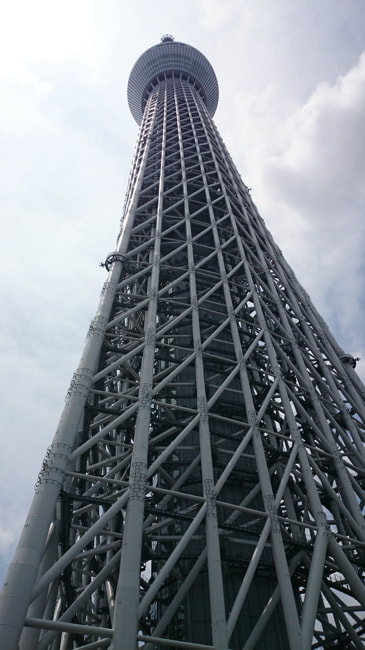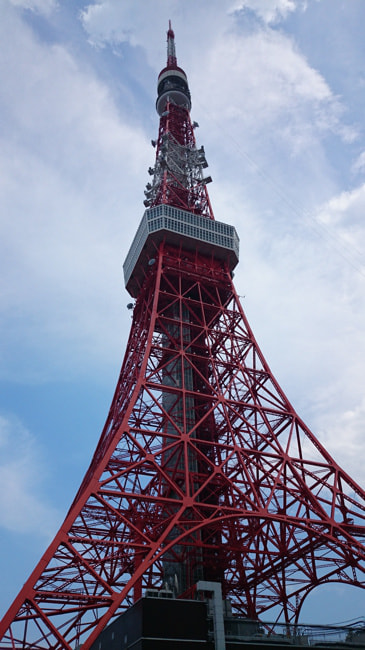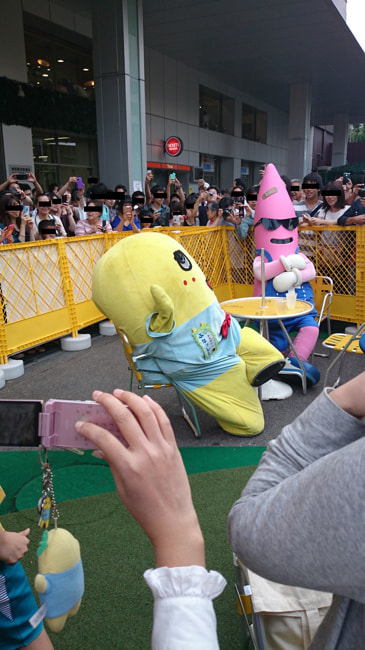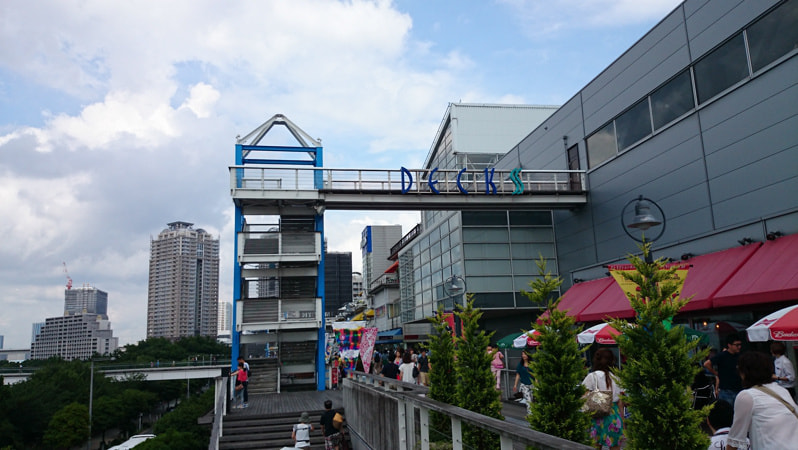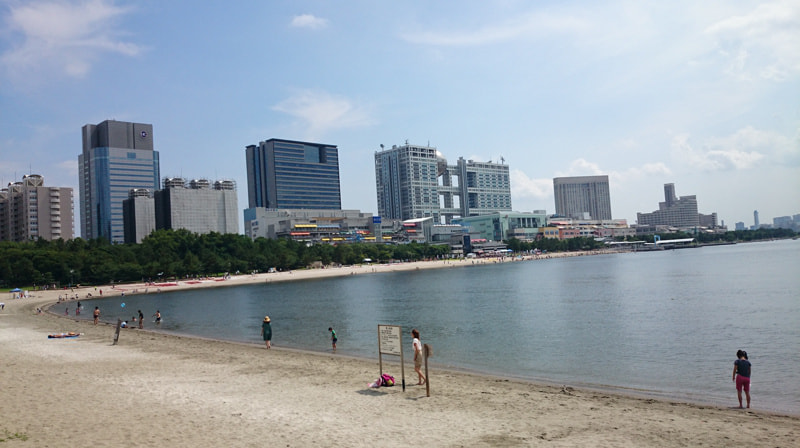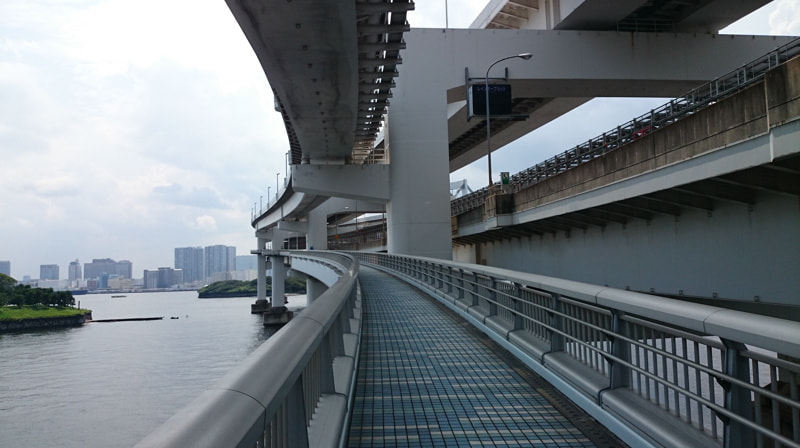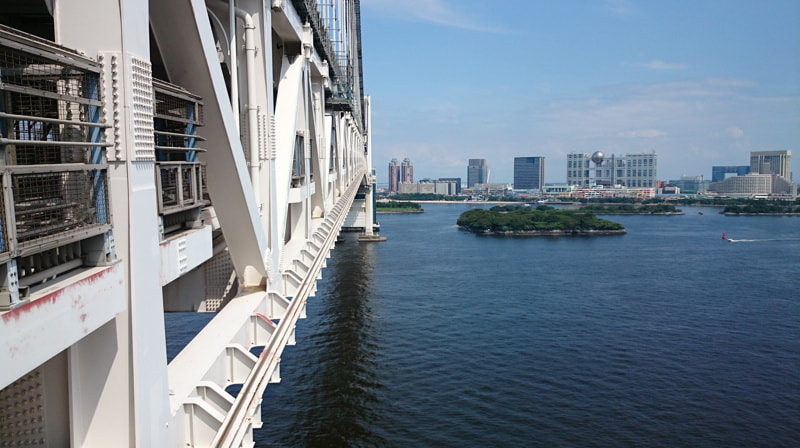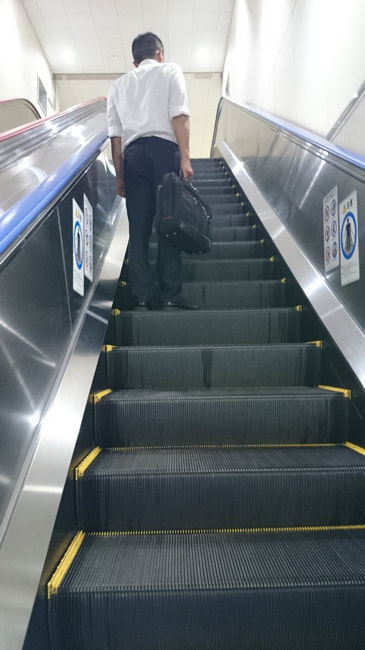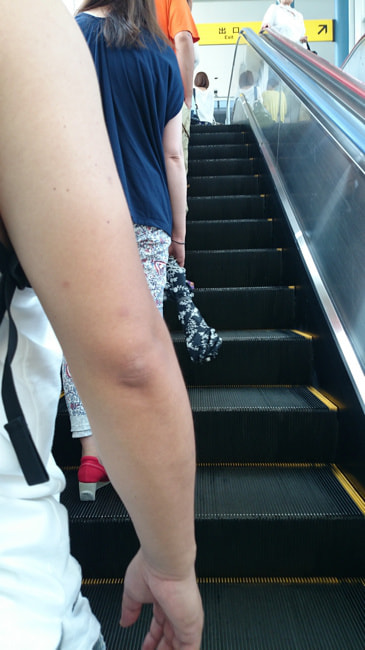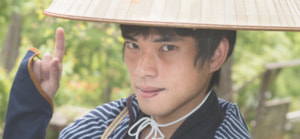TOKYO TRAVEL LINK
We have introduced some typical noteworthy tourist destinations in Tokyo.
The Imperial Palace
The Imperial Palace used to be known as Edo Castle where it was the residence of the Tokugawa shogunate.
However, the Edo Period, which lasted a long time, came to an end in 1868, thus becoming the Meiji Era. The Edo metropolis was then renamed as Tokyo in 1869, and the emperor was moved from Kyoto to Tokyo. The emperor continues to reside in Tokyo to this day.
The East Gardens of the Imperial Palace are open to the public. Visitors are able to stroll throughout the beautiful Japanese garden and enjoy historic sites related to Edo Castle such as a castle tower, keep, turrets, etc.
http://www.kunaicho.go.jp/e-event/higashigyoen02.html
Tsukiji Market
Tsukiji Market, located in Tsukiji, Chuo Ward, Tokyo, is the world's largest wholesale market.
The market is famous for its auction of frozen tuna. There are certain restrictions and safety precautions that visitors must adhere to, so please take note and observe the rules.
There are many restaurants around the market itself where you can enjoy delicious, fresh sushi.
http://www.tsukiji.or.jp/english/index.html
Ginza
Ginza, which is in the downtown district and the heart of Tokyo, there are luxury goods and name-brand stores lining the main avenues.
If you walk a little further to Higashi-Ginza, there is a special theater and Kabuki-za stage just for Kabuki performances.
http://www.ginza.jp/?lang=en
Ryogoku Kokugikan
Ryogoku Kokugikan is the sporting arena mainly for sumo wrestling bouts, and is located in Yokoami, Sumida Ward, Tokyo.Professional sumo bouts are not held throughout the whole year, so it's best to do a little research before deciding to go see a match.
http://www.sumo.or.jp/en/index
Edo-Tokyo Museum
Right after exiting Ryogoku Station, you can see the two buildings for the Edo-Tokyo Museum and Ryogoku Kokugikan (sumo arena) side-by-side. The museum is easily identified since it looks like Japanese footwear called "geta" (wooden clogs).
The history of Edo-Tokyo on exhibition is quite interesting and presented in a manner that is easy to understand.
http://www.edo-tokyo-museum.or.jp/english/
Akihabara
Akihabara is both the world's leading electronics town, in addition to being the epicenter of manga and anime, and related Japanese subcultures.
http://akiba.or.jp/english/index.html
Ueno Park
Ueno Park has walkways lined with many cherry trees among lush green areas. There are also a number of cultural facilities, museums, and even a zoo.
In addition, large pink lotus flowers are in full bloom in Shinobazu-no-ike Pond at the park from about the end of June to early August.
http://www.gotokyo.org/en/kanko/taito/spot/40031.html
Asakusa
Asakusa continues to be a place where you can enjoy an old town atmosphere that preserves the mood and culture of the Edo Period.
If you slip through the Kaminari-mon, the main gate leading to Sensoji Temple, you can enjoy a street lined with many shops that is crowded with many people.
http://www.asakusa-kankou.com/
Tokyo Cruise
Let's enjoy taking a river cruise on one of the water bus lines that travel throughout Tokyo Bay and along the Sumida River.
https://www.suijobus.co.jp/index.html
Tokyo Sky Tree
Tokyo Sky Tree was completed in 2012 at the amazing height of 634 meters making it the tallest, freestanding, steel broadcasting tower in the world.
The tower also includes many tourism and commercial facilities such as an aquarium, a planetarium, and a large shopping district called Tokyo Solamachi.
http://www.tokyo-skytree.jp/en/
Tokyo Tower
Tokyo Tower, a broadcasting tower which was completed in 1958, is widely known as a symbol of Tokyo and is a popular Tokyo attraction.
Live music performances are held in the large observatory, and other performances can be enjoyed in the plaza located under the tower. Various lively events are often held.
http://www.tokyotower.co.jp/eng/secret/
Odaiba
Odaiba is a huge waterfront development area facing Tokyo Bay.
You can spend the whole day enjoying the many commercial facilities featured at Odaiba like Decks Tokyo Beach, Aqua City Odaiba, and Palette Town.
Although most visitors visit Odaiba via the monorail or by taking a water bus line. If you have time to spare, it's recommended to enjoy walking across Rainbow Bridge instead.
The best view overlooking Tokyo Bay and the buildings of Tokyo can be enjoyed from Rainbow Bridge.
http://www.gotokyo.org/en/tourists/areas/areamap/odaiba.html
Etiquette when riding an escalator at train stations
When you get of the train, you can often find an escalator leading toward the ticket gate from the station platform.
In Japan, the common etiquette for riding on an escalator is to stand on one side of the escalator leaving the other side open.
In Tokyo, you stand on the left side and leave the right side open to allow people who are in a hurry to walk up or down the escalator.
On the other hand, the proper etiquette in Osaka is opposite. In Osaka, you stand on the right side of the escalator and leave the left side open for pedestrians in a hurry.
So remember, the ways to ride an escalator in Tokyo and Osaka are different.
In addition, Kyoto is also different. In Kyoto, it all depends on the person in front of you.
In Kyoto, there is no decided etiquette such as standing on the left side or standing on the right side. Rather, if the first person on the escalator stands on the left side, then the people who are behind also stand on the left side leaving the right side open for pedestrians in a hurry. Subsequently, the opposite is also true. If the first person to stand on the escalator is on the right side, then the left side is left open. In Kyoto, you just need to be aware of what the person in front of you is doing.
Recently, however, some train stations have started asking their passengers to avoid walking on the escalator for safety reasons. Some people may tend to ignore such warnings, but if you stand on one side blocking others who are in a hurry, you might get some unsavory looks. However, most people are not likely to voice their displeasure.


